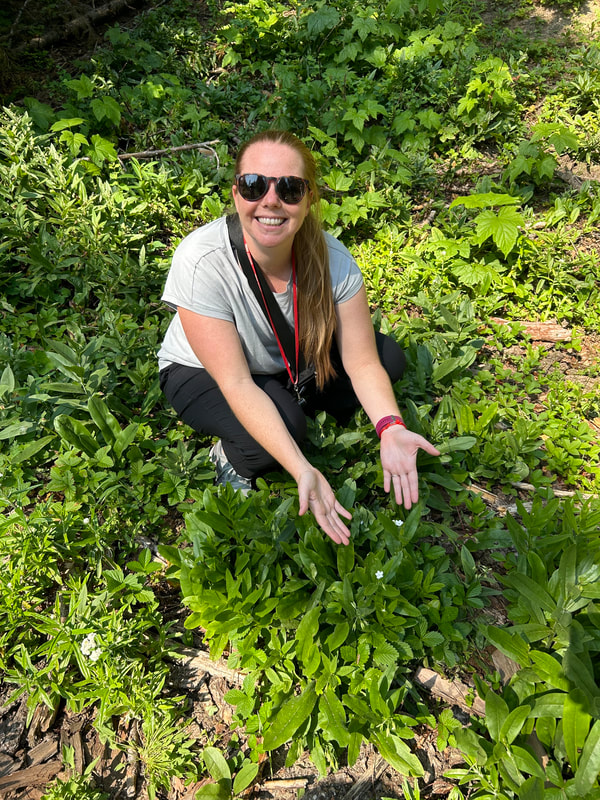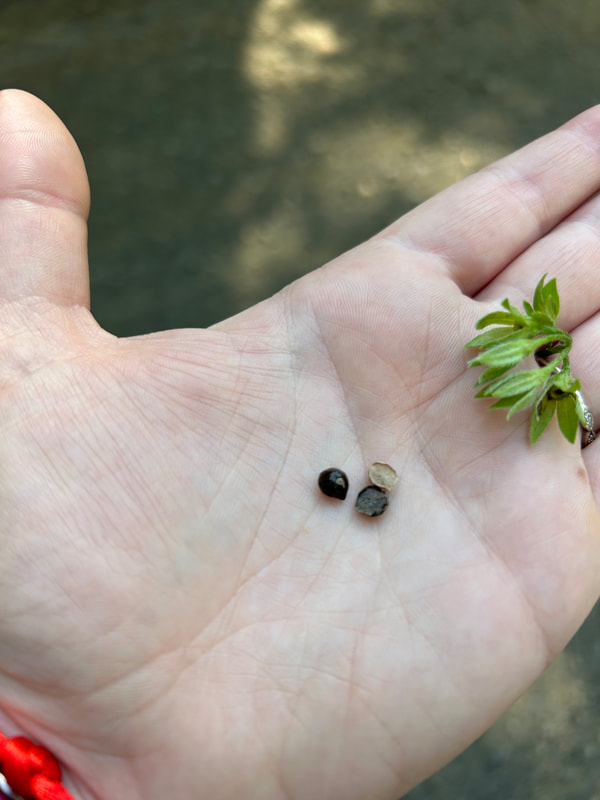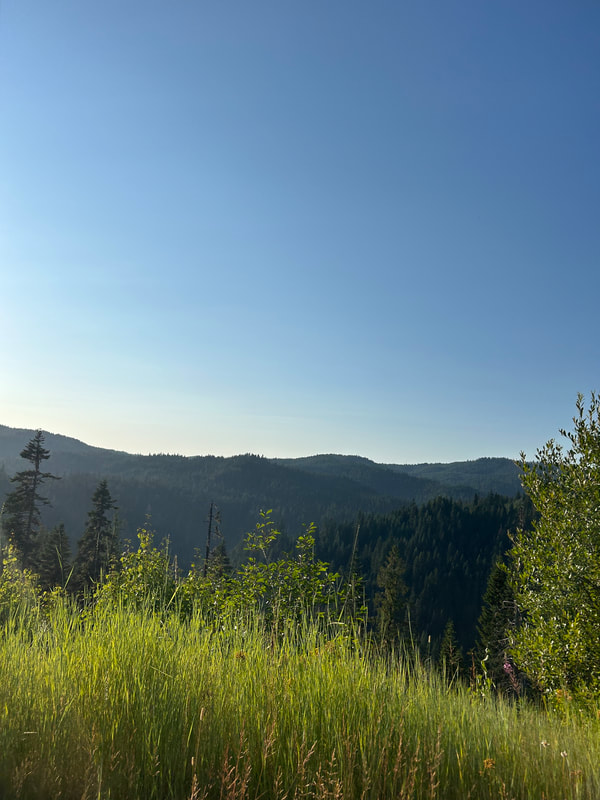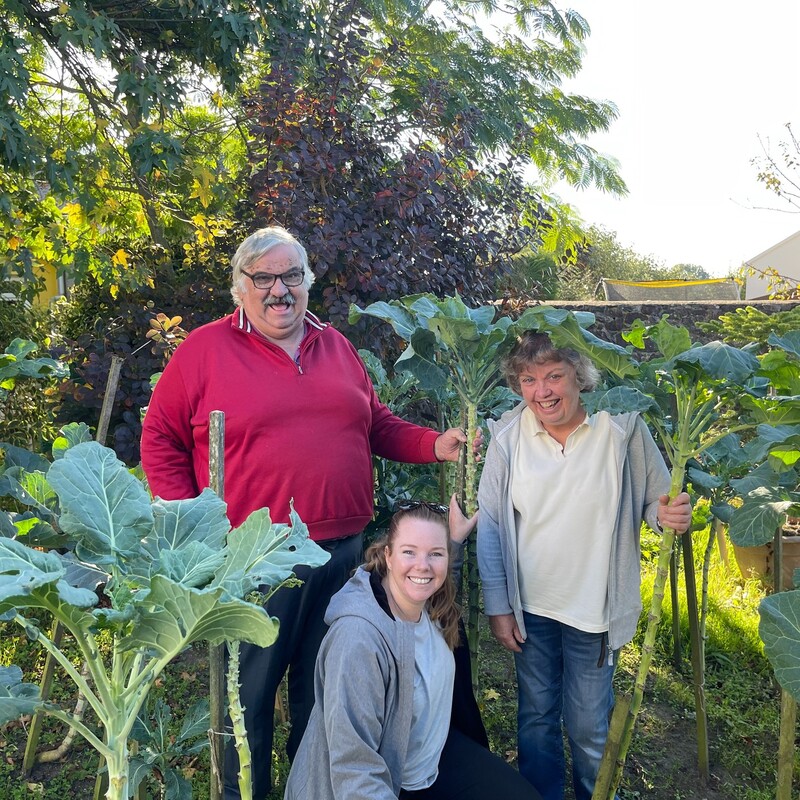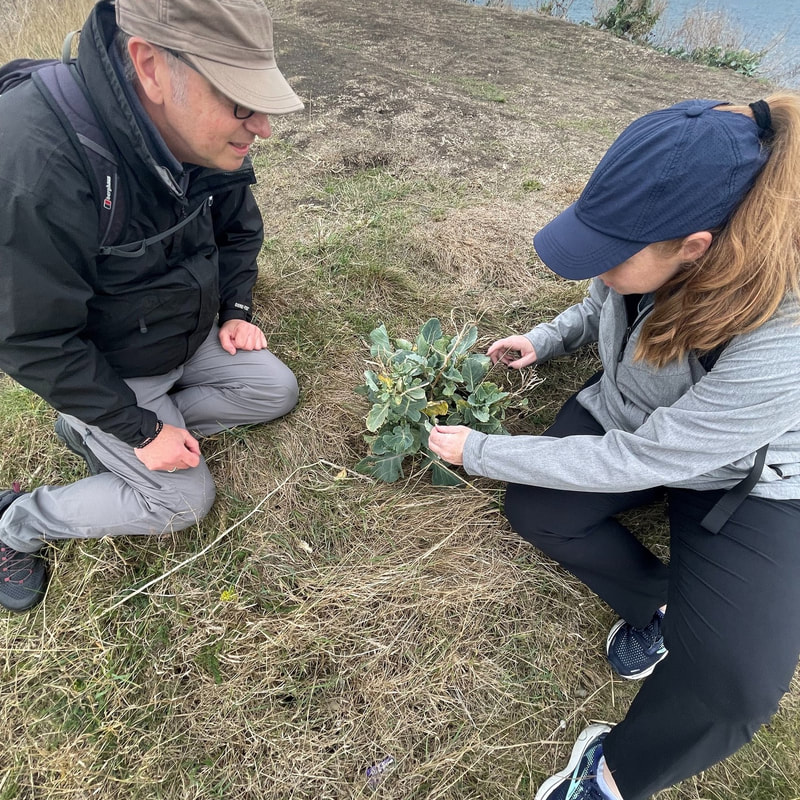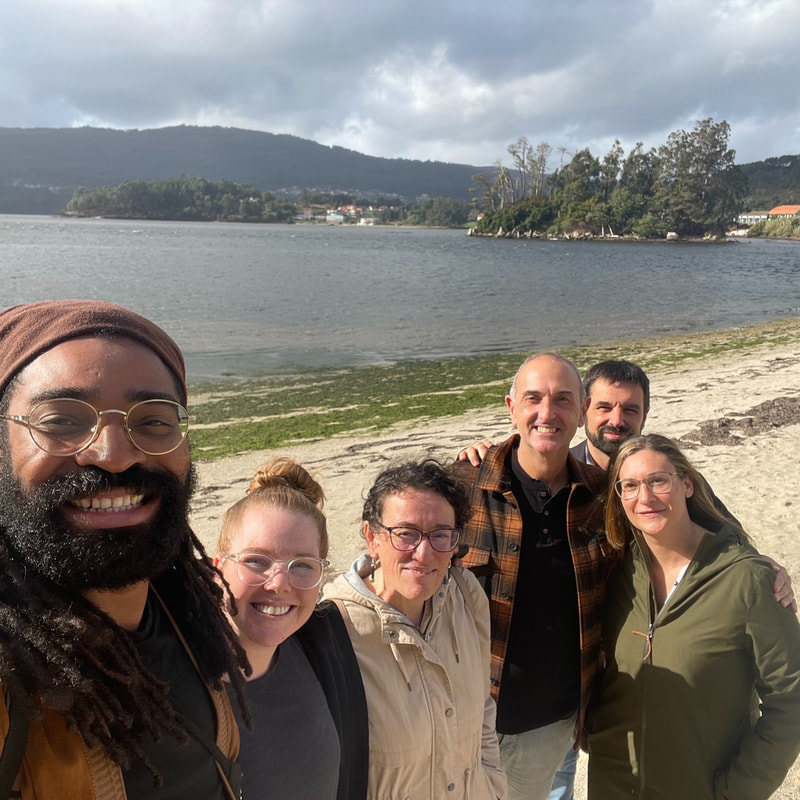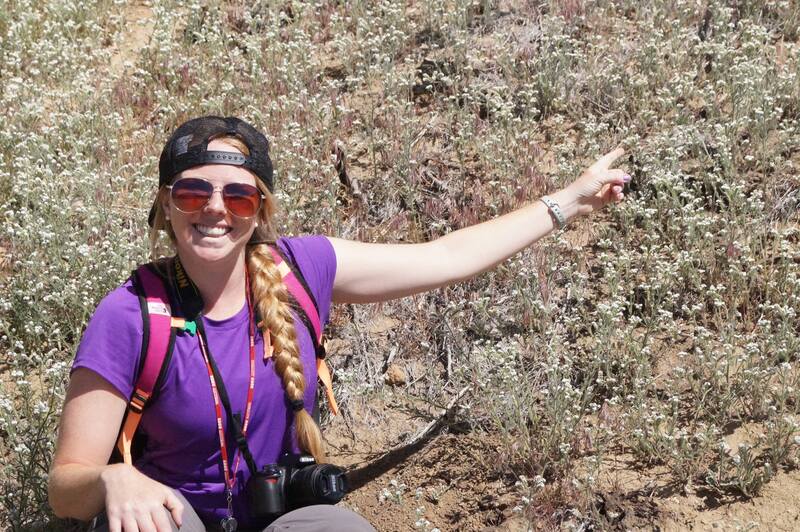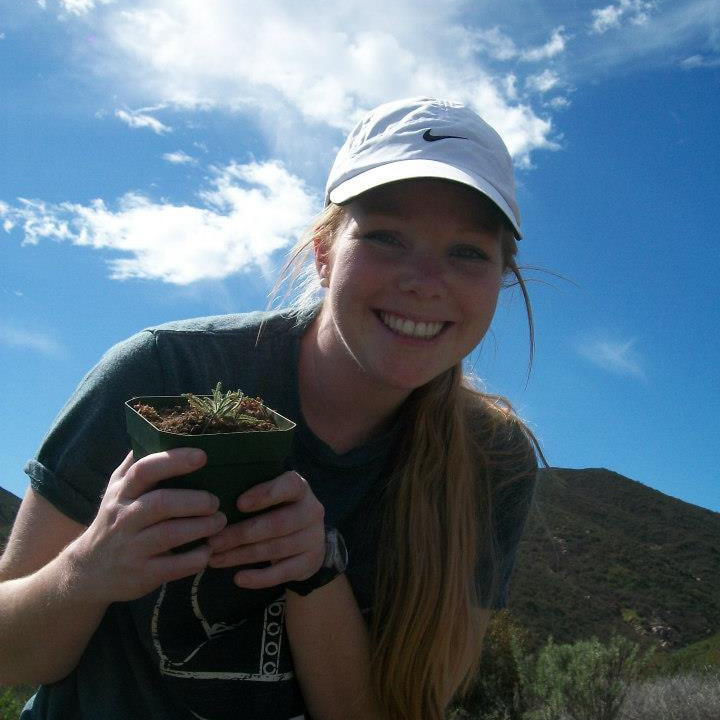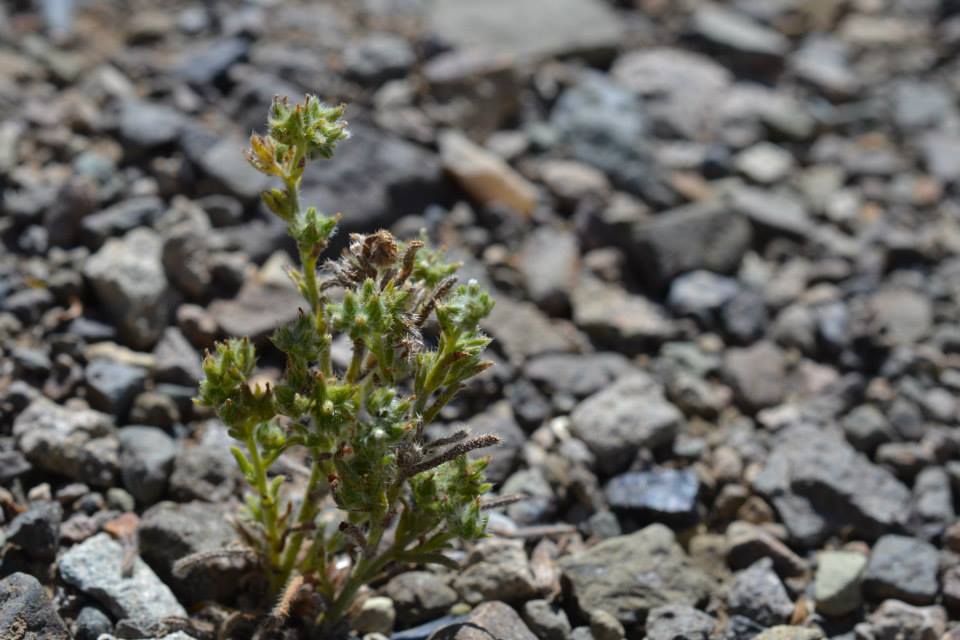SA + Namibia 2024
National Geographic Trip 1: The UK and Spain
|
Brassica crops are some of our favorite market finds like cabbages, cauliflowers, broccoli, Brussels sprouts, kale, kohlrabi, rutabaga, canola, turnip, bok choy, and napa cabbage. Many of the wild species related to Brassica crops face extinction with encroaching sea levels and warming climates, exacerbated by habitat fragmentation and destruction caused by human development and regional conflict. We set out to document and understand these plants. Our first stop was Jersey, UK to visit Philip and Jacquelyn who are the last family in the world growing Jersey Cabbage, or Walking Stick Kale. The Jersey cabbage was once grown all over the island but is now rarely seen. The stem grows tall and straight and if cut, dried, and varnished it makes an excellent walking stick. Our second stop was the Jurassic coast on the English Channel coast of southern England to learn more about Wild cabbage. We think these plants may not actually be wild, but FERAL cabbages that have escaped from cultivation. At Winspit Quarry, these plants are found everywhere, even growing through the rubble! Our third stop was Madrid, Spain to visit new friends at the Universidad Politécnica de Madrid. We first visited the César Gómez Campo seed bank. Gómez Campo established this critical seed bank in 1966 (BGV-UPM) to store seeds of native Spanish species and was the 1st in the world to be devoted to the conservation of wild species. Next, we visited the EMMA herbarium, which is basically a library of dried and pressed plants. There we viewed specimens of plants that we have never been able to see before! Our last stop for this trip was Pontevedra, Spain to visit Brassica specialists at La Misión Biológica de Galicia. We learned more about Berzas (Brassica oleracea) and Grelos (Brassica rapa), commonly enjoyed cultivars in Spain! Without support from National Geographic, this work would not be possible.
|

